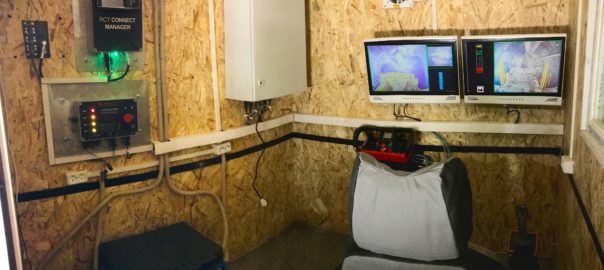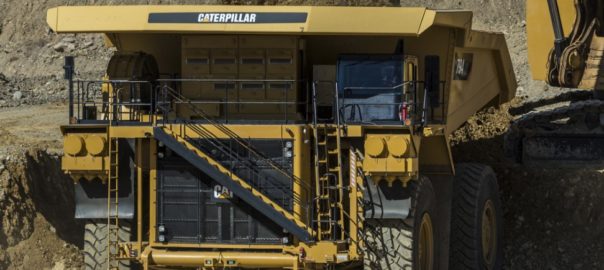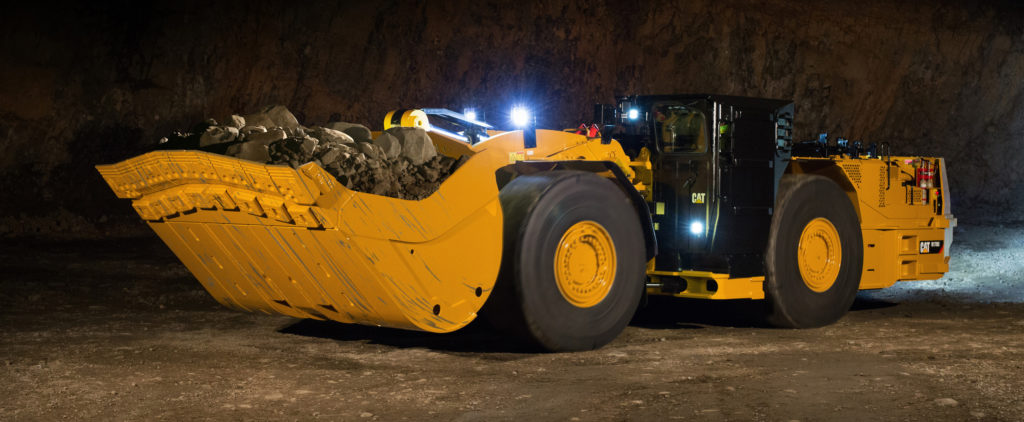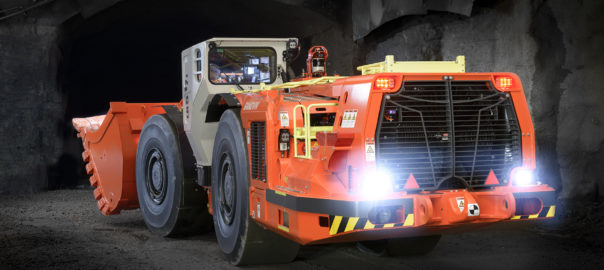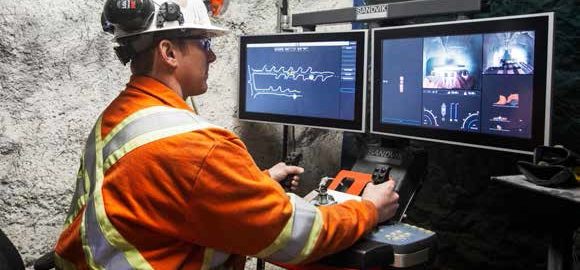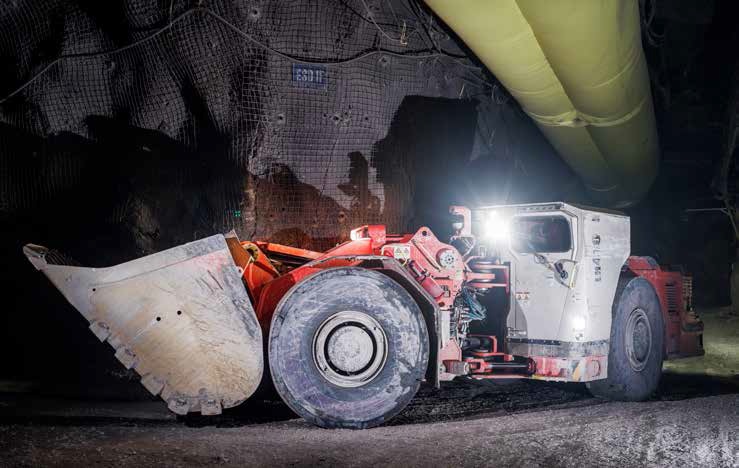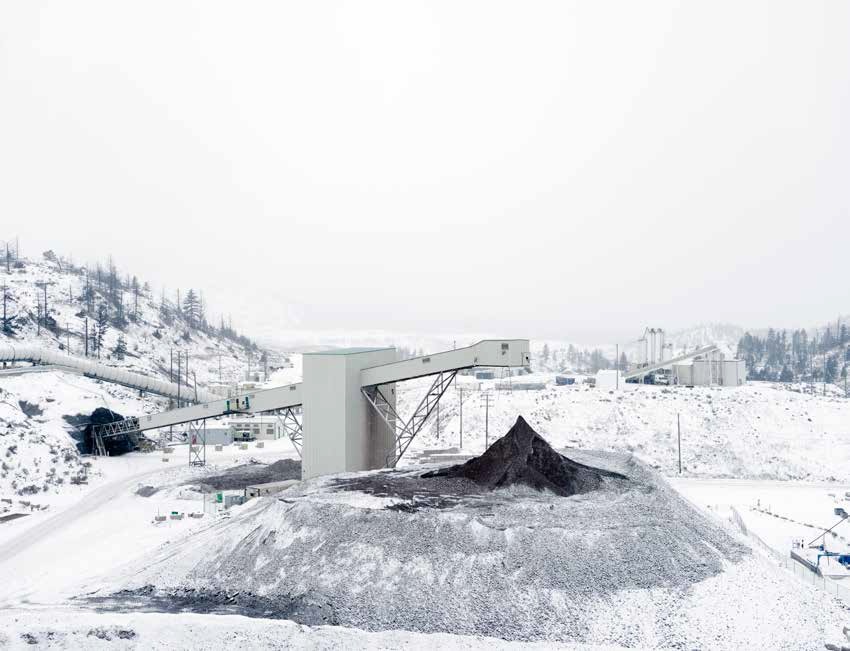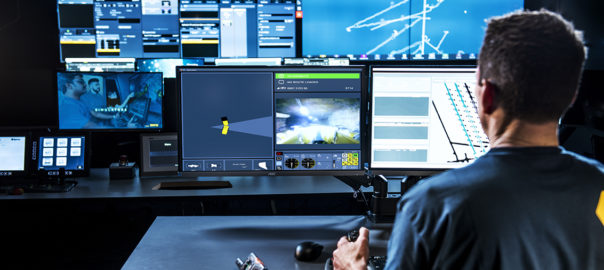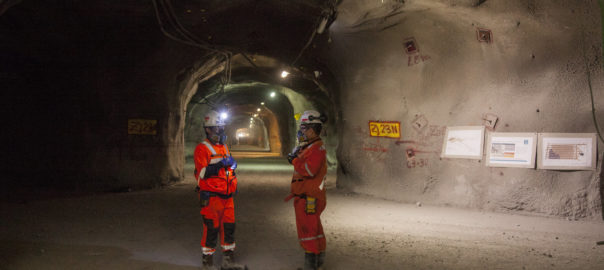Atlantic Nickel has released a preliminary economic assessment (PEA) on its Santa Rita nickel mine, in Brazil, that shows the potential for the company to become one of the largest sustainable nickel sulphide producers in the world.
The announcement, made in concert with Appian Capital Advisory LLP (the owner of Atlantic Nickel), follows the recommencement of open-pit mining at Santa Rita in August 2019.
This new NI 43-101 technical report outlines a 34-year mine life for Santa Rita, in Bahia, with eight years of open-pit production, underpinned by proven and probable reserves of 50.6 Mt at 0.31% NiS, and 26 years of underground mining.
The open-pit mine plan was prepared to prefeasibility study level and encompasses a large open pit and a nearby, much smaller satellite open pit along strike. Both pits will be mined with conventional mining equipment, and the plan will be executed in 10 phases, the company says.
The open pit is scheduled over a period of eight years, ending in 2028, with operations using standard methods of drilling and blasting, loading, and hauling. It would produce 20,000-25,000 t/y of contained nickel equivalent at a C1 cost of $2.97/lb Ni and an all-in sustaining cost (AISC) of $4.12/lb Ni, the company says.
The Santa Rita process plant, having started production in 2009, was completely refurbished and recommissioned in the second half of 2019 in line with the mine restart. The plant consists of crushing, grinding, flotation, thickening and filtration unit operations to produce a saleable nickel concentrate. Flotation tailings are pumped to a tailings storage facility, while grinding is performed by a SAG mill, two ball mills and two pebble crushers. This is followed by a conditioning circuit and a flotation circuit, with the final concentrate thickened and pumped to storage tanks ready for filtration. Concentrate is filtered in a Larox (Metso Outotec) pressure filter. Following filtration, the final concentrate is trucked to the port of Ilhéus where it is loaded onto ships for transport to market.
The mineral resource estimate for the expansion case consists of 94.2 Mt of measured and indicated resources across open-pit and underground mining at average grades of 0.41% NiS, 0.14% Cu, 0.01% Co, 0.03 g/t Pd, 0.07 g/t Pt and 0.05 g/t Au, with 90.6 Mt of inferred resource at 0.54% NiS, 0.17% Cu, 0.02% Co, 0.04 g/t Pd, 0.09 g/t Pt and 0.06 g/t Au.
Sublevel Caving (SLC) was selected as the mining method for the underground portion of the deposit based on the amenable geometry of the deposit, and because productivity and cost advantages of SLC enable greater exploitation of the underground resource at greater margin than more selective mining methods, Atlantic Nickel said.
“The geometry of the deposit and the location below a mined open pit are similar to the Ernest Henry SLC, which is successfully operated by Ernest Henry Mining (a subsidiary of Glencore) in Queensland, Australia,” the company added.
The SLC mining method employs long-hole drilling and blasting techniques to extract mineralisation sequentially from the surface to the bottom of the deposit. The method does not require backfill and, therefore, relies on the overlying waste rock to cave and fill the mined void, the company explained. Caving of the overlying waste rock results in surface subsidence above and in the immediate vicinity of the underground deposit, but the subsidence will not interfere with open-pit mining since initial production from underground is planned to commence in 2028 when open-pit mining is completed.
Infrastructure capital and development of the underground project is planned to start at the beginning of 2026, with production from the underground ramping-up over a seven-year period until full production of 6.2 Mt/y is achieved.
The underground portion of the resource considered in the PEA plan consists of 43.5 Mt of indicated resources and 90.6 Mt of inferred resources. This resource was used to come up with a 40,000-45,000 t/y of contained nickel equivalent production profile for the underground operation over life of mine at a C1 cost of $2.17/lb Ni and an AISC of $3.92/lb Ni.
The SLC mining layout in the PEA comprises 37 mining levels spaced at vertical intervals of 25 m. Each level is made up of parallel and evenly spaced drill drives from which production drilling and blasting occur. Once blasted, the mineralisation is loaded from the drill drives using LHDs and loaded into trucks for haulage to the surface during the initial ramp-up phase, and later to ore passes feeding an underground crushing station and conveying to surface via an inclined tunnel.
“The SLC method employs a top-down mining sequence that enables production to ramp-up quickly once the top of the underground deposit has been accessed,” Atlantic Nickel says. “The method also enables high production rates as the mining cycle is simplified by the standardisation of development and production and with no backfilling required.”
While still early days in terms of the underground mine’s development plans, the company assumed the use of automated LHDs, longhole drilling and jumbo development drilling in the PEA, a spokesperson for Atlantic Nickel confirmed to IM. This saw Epiroc and Sandvik provide price inputs, with design layouts anticipating such equipment.
“Subsequent studies will optimise the equipment and layouts integration,” the spokesperson added.
And, while the current study assumes the use of a diesel-powered fleet, battery-electric vehicles will also provide upside in future studies and further reduce energy costs, equipment maintenance costs and ventilation power costs, the spokesperson said.
“Both tethered and battery will be look at for specific applications within the mine such as loading from drawpoints and feeding the underground crusher from the bottom of ore passes,” the spokesperson said.
The flotation test work gave similar results to those obtained with open-pit material; hence, plant performance is not expected to be significantly different for underground material, the company said. Underground feed will be treated in Atlantic Nickel’s existing process plant with only minor modifications required, likely to the grinding circuit.
New surface infrastructure associated with the underground mine would include the following:
- A box cut and portal located to the west of the north end of the open pit;
- A conveyor portal connecting to the bottom of the existing crusher installation;
- A temporary construction portal in the west wall at the north end of the open pit on the 82 m RL bench;
- Multiple ventilation raise surface collars on the western side of the open pit;
- Ventilation adits on the west wall at the south end of the open pit on the 10 m RL bench;
- Dewatering pond for storing, settling and recycling water from underground;
- Electrical reticulation to the portals, adits and services; and
- Shotcrete batch plant.
After completion of open pit mining, a new tailings storage facility would be required to store the additional 134 Mt of tailings to be produced from the underground mine over a period of 28 years. Like the existing tailings storage facility, raises will be constructed using a downstream method, the company said.
Total capital associated with the underground expansion amounts to $1.3 billion over the 34-year combined operation, with only $355 million of that being spent during the first five years of underground development commencing in 2026. The expansion is partially self-funding with cash flows generated from the open-pit mining operation, the company said.








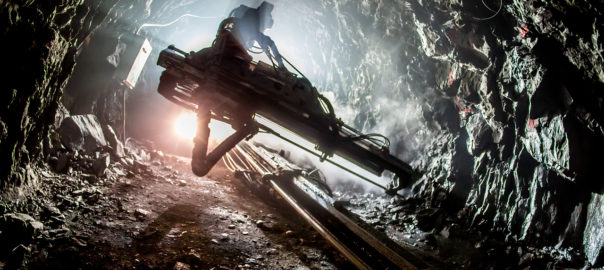
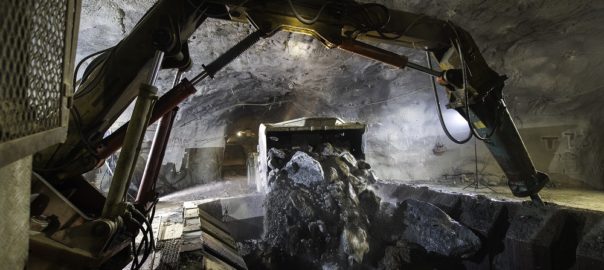
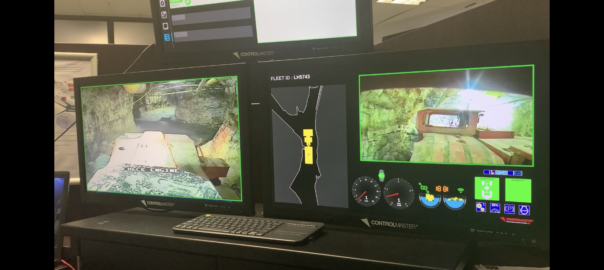
 l centre (pictured, left) was designed and established by South Deep and hosts the teleremote LHD operator automation centre, a teleremote rock breaker station, the operations control room, maintenance and production scheduling as well as business reporting functions.
l centre (pictured, left) was designed and established by South Deep and hosts the teleremote LHD operator automation centre, a teleremote rock breaker station, the operations control room, maintenance and production scheduling as well as business reporting functions.